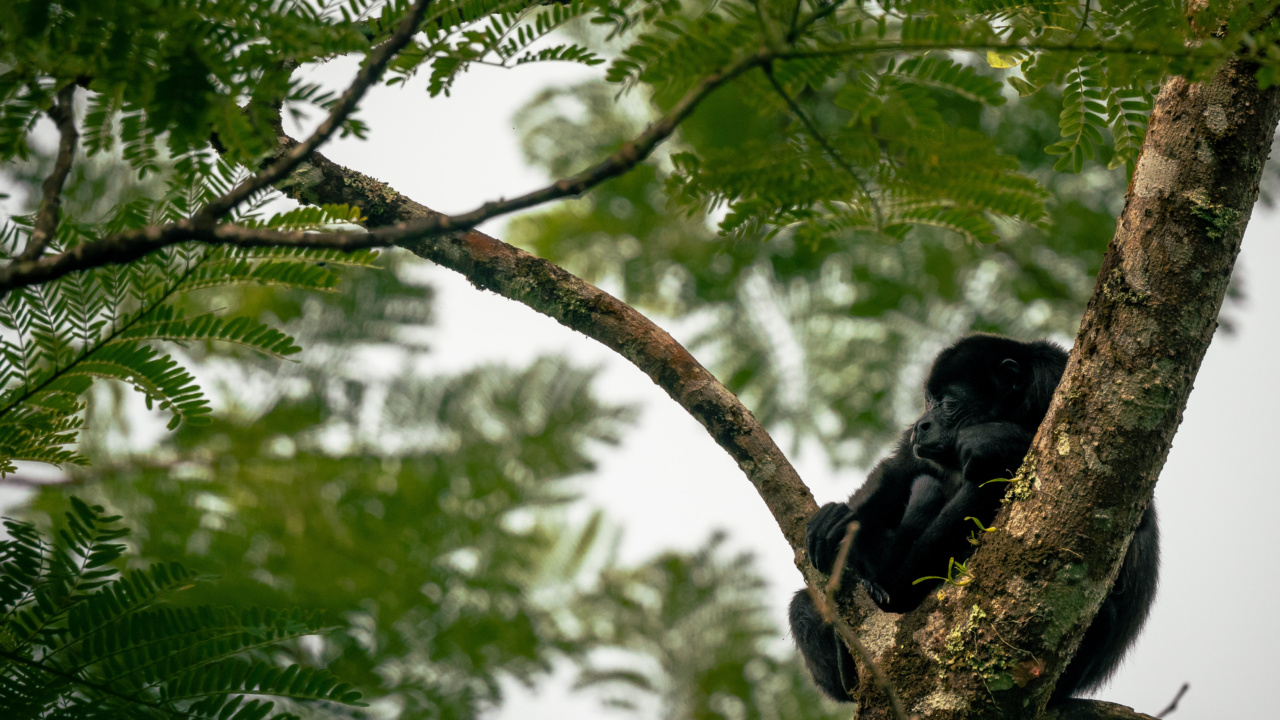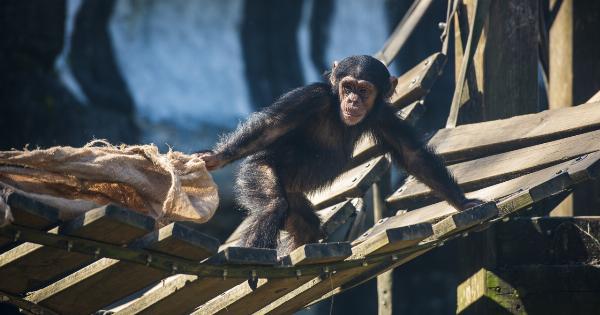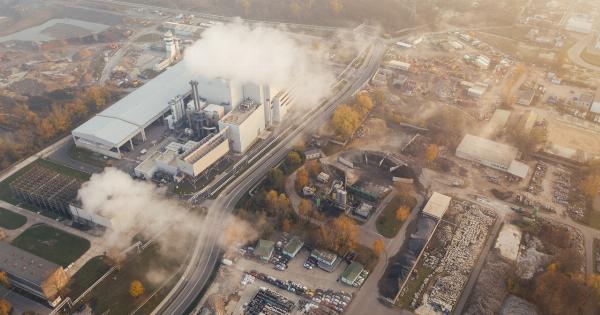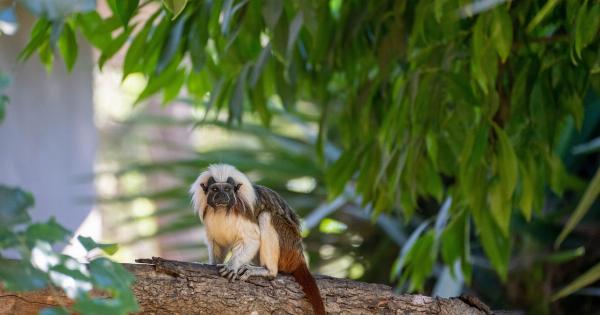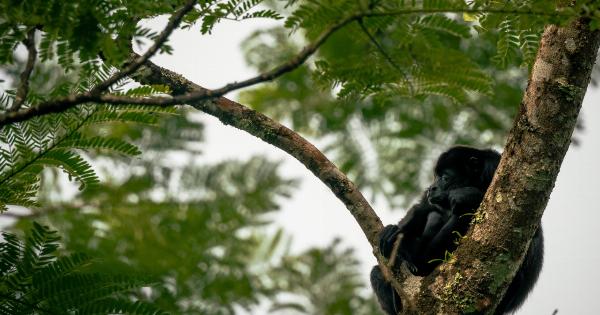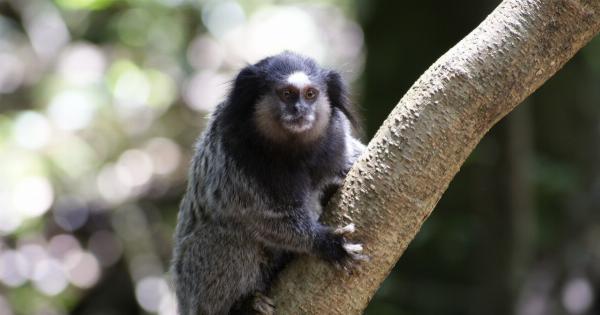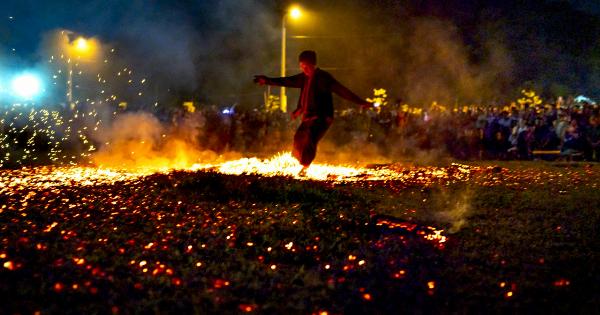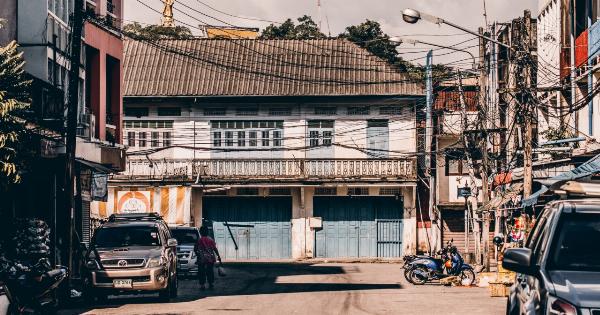In recent news, it has been revealed that Brazil has discovered another case of a monkey infected with a mysterious virus. This discovery comes in the wake of the first monkey case that was reported just weeks ago.
The authorities are concerned about the potential spread of the virus and are taking necessary precautionary measures. In this article, we will delve into the details of the second monkey case and the implications it may have on the region.
The Second Monkey Case
The second monkey case was brought to light when a group of researchers studying wildlife in the remote Amazon rainforest stumbled upon a dead monkey during one of their expeditions.
The monkey showed symptoms of a strange illness and was immediately sent for further examination. Lab tests confirmed the presence of the mysterious virus, similar to the one found in the first monkey case.
Authorities believe that the virus is potentially zoonotic, which means it can be transmitted from animals to humans. This poses a significant threat to public health, as it could lead to an outbreak if not contained in time.
The World Health Organization (WHO) has been closely monitoring the situation and has sent a team of experts to Brazil to assist in the investigation.
Investigation and Research
The scientific community is working tirelessly to understand the nature of the virus and develop effective countermeasures. Researchers are studying the genetic makeup of the virus to determine its origins and potential pathways of transmission.
They are also examining its behavior in animal host populations and assessing the risk of human exposure.
Various hypotheses have been put forth regarding the source of the virus. Some researchers speculate that it could be a result of deforestation, which has disrupted the ecological balance and brought humans and wildlife into closer contact.
Others believe that it may be a previously unknown virus that has mutated and jumped species.
Precautionary Measures
In response to the second monkey case, Brazilian authorities have implemented stringent precautionary measures to prevent the spread of the virus.
These measures include increased surveillance of wildlife populations, enhanced sanitation practices in vulnerable areas, and public awareness campaigns to educate the population about the risks and preventive measures.
The government has also collaborated with international organizations to strengthen their healthcare infrastructure and improve diagnostic capabilities.
Specialized medical teams have been deployed to regions at high risk, equipped with necessary resources and training to handle potential cases and contain the spread of the virus.
Public Concern and Sensitization
The discovery of the second monkey case has sparked widespread concern among the Brazilian population. People are anxious about the potential for the virus to spread and affect human health.
This has led to increased demand for information and an urgent need to sensitize the public about the risks and precautions.
The government, in collaboration with local health authorities and NGOs, has initiated public awareness campaigns. These campaigns aim to educate individuals on the symptoms of the virus, modes of transmission, and preventive measures.
They also emphasize the importance of reporting any unusual wildlife behavior or suspicious symptoms to the authorities.
Global Implications
While the primary focus is on containing the outbreak within Brazil, there are global implications to consider. The interconnected nature of our world today means that diseases can quickly spread across borders.
International health organizations are closely monitoring the situation and providing assistance to Brazil to prevent the virus from becoming a global health crisis.
Collaborative Efforts and Research
The discovery of the second monkey case has prompted collaborative efforts between researchers, scientists, and healthcare professionals worldwide.
The exchange of information and resources is vital in understanding the virus and developing effective vaccines or treatments.
Scientists from different countries have come together to share their research findings and collaborate on studies related to the virus. This collective effort aims to combat the virus on a global scale and prevent future outbreaks.
Conclusion
The second monkey case in Brazil and the discovery of a mysterious virus has raised alarm bells worldwide. It serves as a stark reminder of the delicate balance between humans and wildlife and the potential risks associated with zoonotic diseases.
The scientific community, along with government authorities, is working tirelessly to contain the outbreak and develop preventive measures. It is crucial for individuals to stay informed, follow the prescribed precautions, and support ongoing research efforts to safeguard public health.
